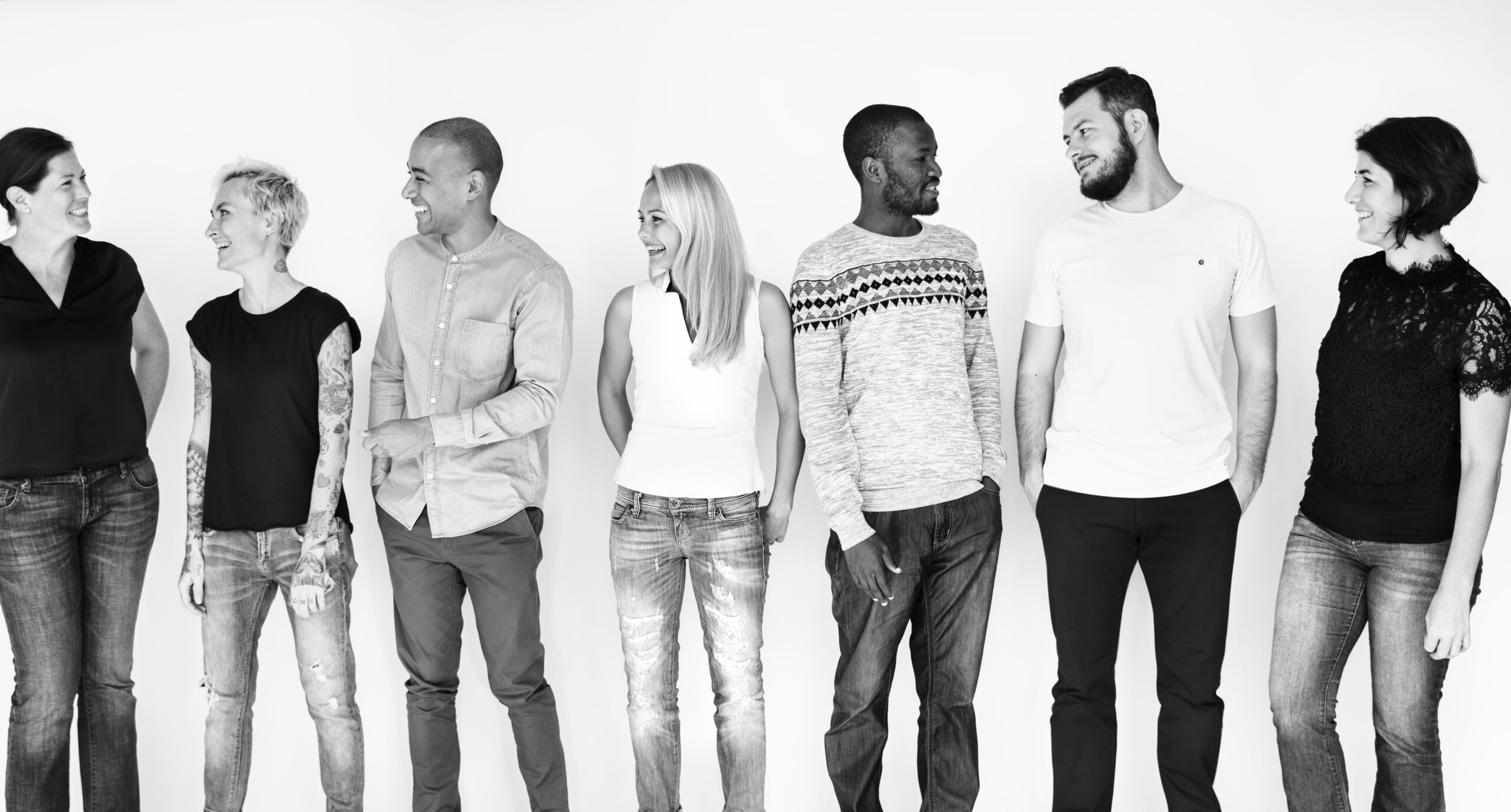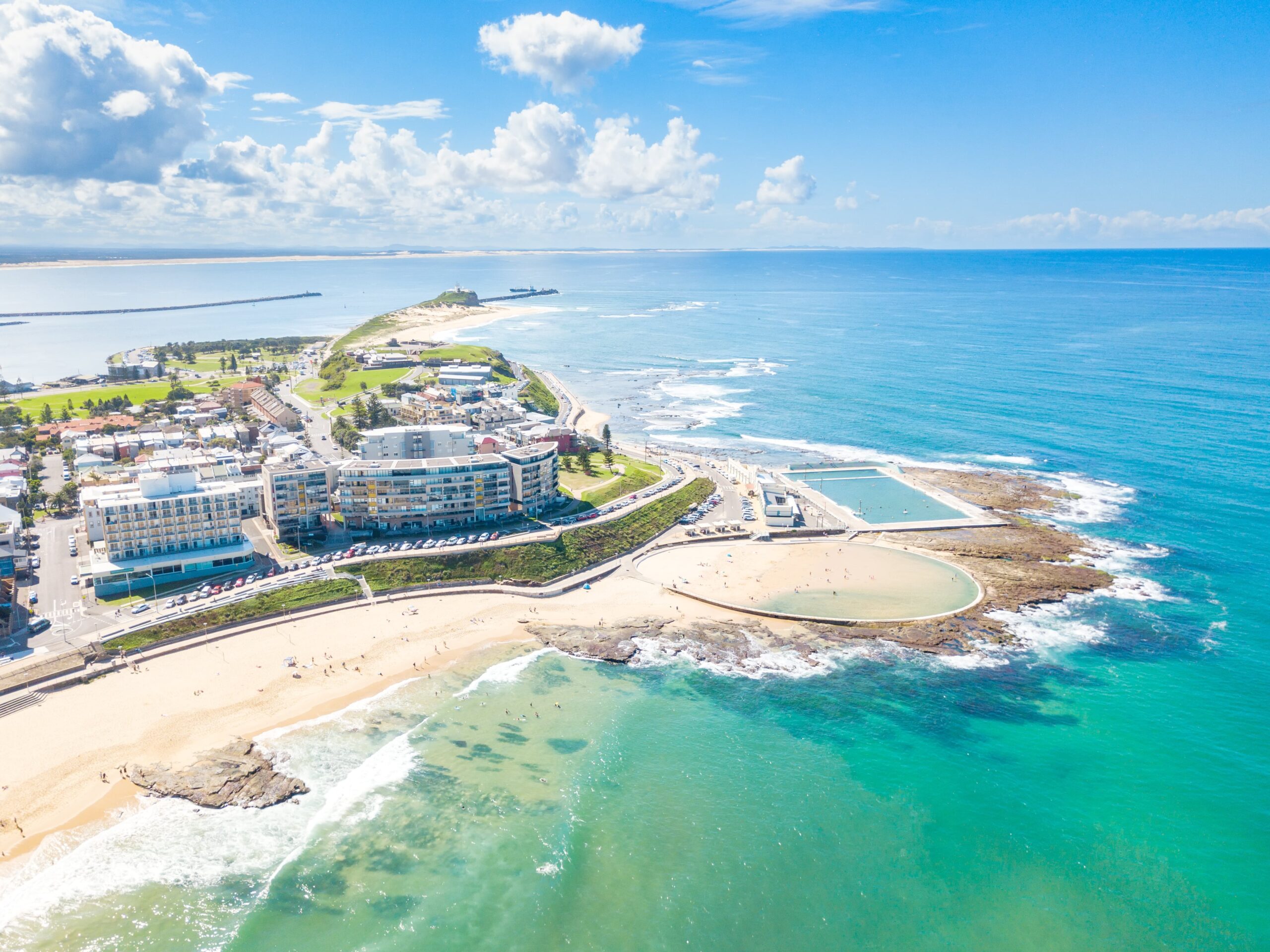Julian Morton, Business Director for Cambridge Management Services (CMS) in Newcastle, joins us to talk about how PLM supports community spirit and creates cohesion across their strata.
CMS is one of the premier Strata Management companies in Newcastle, NSW. Starting their journey in 2001, the company has now grown to incorporate three additional locations across Australia. Strong values that place the customer at the heart of all they do has helped them achieve steady and sustained growth over the years.
CMS builds vibrant, safe, and friendly communities that people want to be a part of. Being early adopters of technologies that support their vision and values is also a big part of their success.
Thanks for joining us today, Julian. Can you start by telling us how you have found the resident interaction to be with the PLM screens, from pushing out building information to helping new residents?
Yeah, sure it works really well with both.
With the remote management model we’ve got, people who are standing in transition waiting for a lift, their eyes are drawn to the advertising and general information screens. The loops that they are on mean they get the required information they need for that day, week, or even month. So it’s a useful communication in conjunction with the other programs that we run.

As we come out of the COVID pandemic, how have you found the screens for resident interaction and revenue generation for community events – have you had any experience running events for committees?
Yeah, we’ve really got on the front foot with that and have run podium events. We had an acoustic soloist who sat between the two towers and was basically playing an afternoon’s worth of music for residents. It’s worked really well.
Part of our edict as Hunter is to do our job as traditional building managers as well as we can, but also focus on community and events, activation, and interaction.
One area that we have is multiple touchpoints with multiple people, and if we can create a framework that encourages people to contribute to their communities, they’ll benefit from it as much as we do. They can form strong bonds, strong communities, and strong owners’ corporations, but the flip out of that is that people are safe, people are secure, and people have a community. They are three of the key drivers for people to enjoy strata living.

Have you found with your model of management that yes, ticking off functionality, you have what you need to keep the asset safe and secure but there’s also more onus on the harmonious lifestyle of living for those residents thanks to these screens? Have you targeted that as a way into the future?
Yes, sure, as much as we can with the recent pandemic and the way that it has been. I think a lot of people have spent a lot of time sitting in their homes, considering the costs and breaking it down. What’s nice is that although we like to think we’re doing a good job, people are understanding that they are getting value for money.
It’s not necessarily that they are getting more than what they are paying for, but they are getting what they are paying for plus an additional benefit of the efficiency of time that allows us to create or look for community events that can activate the demographic that lives within an asset.
As you know, a lot of assets have a genuine variety of people, so once we identify what motivates that community, we can create an event around it. Whether that be a wine and cheese night or a gardening group or a soloist on a podium.
Part of our strategy is that, say in a town like Newcastle, where the proximity to each asset is very close, we’re going to try getting buildings talking to each other to connect communities that have a lot of things in common. We can do this via the platforms we use, it is a possibility, we just have to figure out how we can do it, and how it will work.

Sure, and that adds value to the building and the community and creates spaces that people want to stay in.
We want to front foot our communications and although we do use traditional forms of communication – like the note under the door – if we have a combined front, we can make sure everyone is being communicated to so there is no reason people won’t know what they need to know other than that they really don’t want to know.
So, putting on your small retail business owner hat for a moment, would you say the screens within these buildings make good business sense for advertising on?
Yeah, 100%, I think that’s the next step for smaller businesses, is to put together relevant opportunities where, say, a sandwich shop can look at how far they go in their local suburb and we can plug them in to generate revenue for the residential community but also the person advertising.
It’s mutual benefit and I think what has come out of the pandemic for Newcastle, in particular, is the benefit of community and the benefit of local. So we need to go out to these businesses and explain that.
There are other benefits too such as associations with large multinationals like Foxtel who advertise on the platform and other national brands, the association with that is beneficial for smaller businesses too.

And who do you think would benefit most from advertising on these screens?
Food and beverage places, definitely – local sandwich shops, coffee shops, and products relevant to residential living. But then you have gyms and bars and almost anything that is going to appeal to a large residential community.
